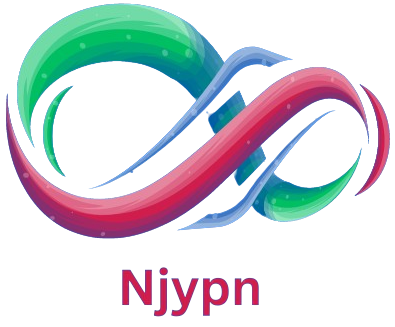How IPTV is Revolutionizing the Way We Watch Television
Internet Protocol Television (IPTV) is revolutionizing the way we consume television, moving away from traditional broadcast and satellite methods to deliver content over the internet. This modern approach allows viewers to stream television shows, movies, and live broadcasts through their internet connection, making the television experience more versatile and interactive than ever before.
IPTV operates by transmitting television signals using internet protocols, a stark contrast to conventional methods which rely on over-the-air broadcasts or satellite signals. This shift enables IPTV to offer a broad range of content accessible on various devices including smart TVs, computers, tablets, and smartphones. The flexibility of IPTV means that viewers are no longer tied to a single device or location. As long as there is a stable internet connection, content can be accessed from virtually anywhere, pezzotto italia providing an unprecedented level of convenience.
One of the most compelling features of IPTV is its on-demand capability. Traditional television often requires viewers to adhere to a rigid programming schedule, but IPTV allows users to watch content whenever they choose. This on-demand functionality caters to the modern lifestyle, where flexibility and control over viewing times are highly valued. In addition to on-demand content, many IPTV services also offer catch-up TV, enabling viewers to watch programs they missed at their convenience.
Interactivity is another significant advantage of IPTV. Unlike traditional TV, where interactions are limited, IPTV often includes features such as pausing, rewinding, and fast-forwarding live broadcasts. Interactive program guides make it easier for users to browse and select content, enhancing the overall viewing experience. These features cater to the desire for a more personalized and engaging interaction with television content.
The rise of IPTV has also led to a variety of subscription models and service packages. Consumers can choose from different plans, ranging from basic packages with essential channels to premium options featuring exclusive content. There are even customizable packages that allow viewers to select specific channels or genres according to their preferences. This flexibility in service options means that viewers can tailor their television experience to fit their individual needs and budgets.
However, IPTV does face some challenges. The quality of the viewing experience is dependent on the strength and stability of the internet connection. High-definition content, in particular, requires a robust broadband connection to avoid issues like buffering and interruptions. Additionally, the legal status of IPTV services can vary widely by region, with some services potentially offering unauthorized content. This can pose risks related to legality and security, making it important for consumers to choose legitimate and reputable services.
Despite these challenges, the growth of IPTV reflects a broader trend towards digitalization and personalization in media consumption. As technology continues to evolve, IPTV is likely to incorporate new features and innovations, further enhancing the viewing experience. This transition from traditional TV to IPTV marks a significant shift in the media landscape, driven by the demand for greater flexibility, convenience, and control in how we access and enjoy our favorite television content.
